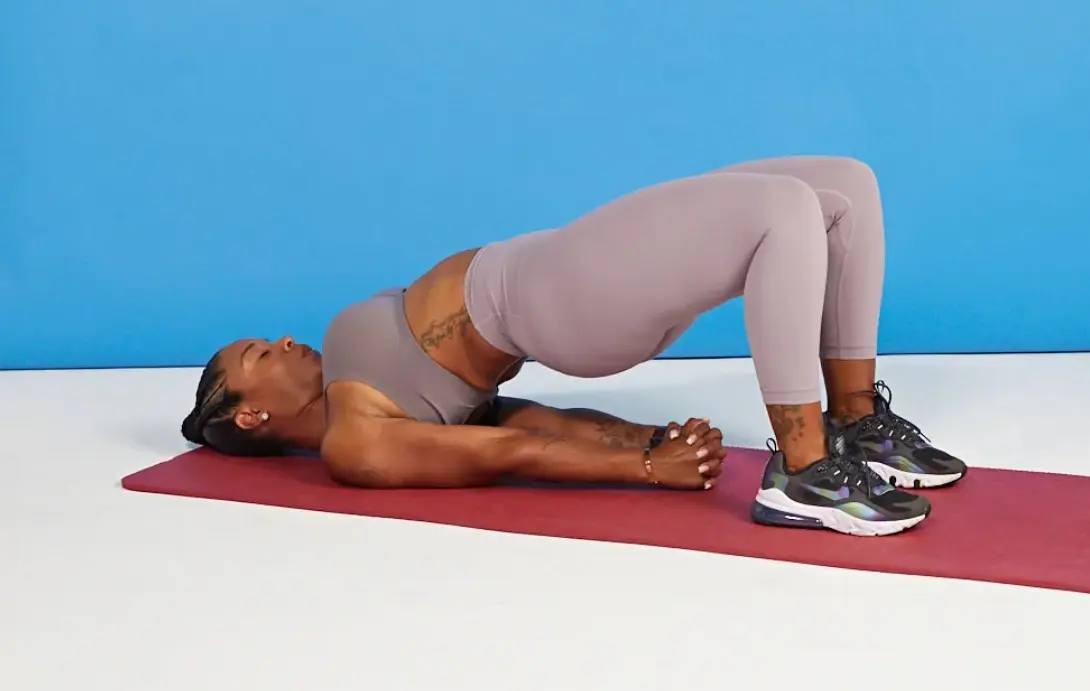Understanding Neck Muscle Basics
In addition to supporting the head, the intricate network of muscles, ligaments, and bones that make up the neck allows for a great deal of movement. Many of these muscles, including the sternocleidomastoid and trapezius, play key roles in stabilizing and rotating the head. When these muscles weaken or become stiff, everyday tasks like looking over your shoulder or maintaining good posture become more challenging and uncomfortable. Understanding the anatomy of the neck helps highlight the importance of targeted exercise and prevention.
Why Neck Strength and Flexibility Matter
A strong and flexible neck contributes to overall well-being, reducing the risk of injury and discomfort during routine activities and sports. Poor neck conditioning is frequently linked to headaches, shoulder pain, and reduced mobility. Consistent neck training improves stability, relieves tension, and fosters resilience against strains caused by sedentary habits or repetitive motion. If discomfort persists, it’s wise to consult with a healthcare professional and explore options for neck pain treatment to ensure long-term relief and functionality. They can help identify the root cause of your pain and recommend personalized exercises or therapies. Prioritizing your neck health now can prevent more serious issues down the road. Even small daily practices can make a big difference in maintaining a healthy, pain-free neck.
Warm-Up and Safety Tips
Warming up before exercising the neck is critical in preventing injuries. Gentle movements such as neck rolls, slow shoulder shrugs, and light massage increases blood flow to the area and prepares the muscles for more strenuous work. Safety is paramount: perform exercises slowly and avoid jerky motions. Listening to your body’s limits and stopping at any sign of sharp or unusual pain helps prevent strains and lasting injury. Consistency and moderation are more beneficial than aggressive or rushed routines.
Exercises for Building Neck Strength
Targeted exercises can significantly improve strength in the neck, making daily movements more comfortable. Start with isometric exercises: press your palm against your forehead and gently resist the motion, holding the contraction for a count of five. Repeat on each side and the back of the head for balanced development. Another effective exercise involves lying on your back, tucking your chin, and lifting your head slightly off the ground, holding for a few seconds before lowering. For those who spend hours at a computer, chin tucks—gently drawing the chin inward—are ideal for strengthening deep neck flexors, which support posture and alignment.
Stretches for Improving Flexibility
Flexibility exercises restore range of motion and relieve tightness. Begin with lateral neck stretches: tilt one ear toward the shoulder, using your hand for slight additional pressure, and hold the stretch for 20 to 30 seconds. To target the back of the neck, gently lower your chin to the chest, feeling a comfortable stretch along the spine. Upper trapezius stretches, done by looking down and to the side while applying gentle pressure with the opposite hand, can release the neck and upper back. According to Harvard Health, regular stretching can reduce muscular tightness and improve overall comfort, especially when performed several times a week.
Integrating Neck Care into Your Daily Routine
Making neck exercises and stretches a daily habit helps ensure ongoing support and flexibility. Incorporate neck rolls or gentle stretching between meetings or after extended screen time. Simple changes, like using ergonomic chairs and holding digital devices at eye level, reduce strain. Committing just a few minutes daily leads to a noticeable difference in how the neck feels and functions, fostering a proactive approach to musculoskeletal wellness.
Staying Informed About Neck Wellness
As new approaches to neck care continue to emerge, staying up to date with guidance from medical research and expert recommendations is invaluable. Whether using wearable sensors to encourage good posture or accessing telehealth physical therapy, technology and fresh research are making neck health more accessible and manageable. Simple, consistent effort in exercise and self-care, paired with credible information, empowers individuals to maintain a pain-free and flexible neck throughout all stages of life.
Also Read-Community Well-being: Strategic Planning for Robust Security Measures in Urban Environments








